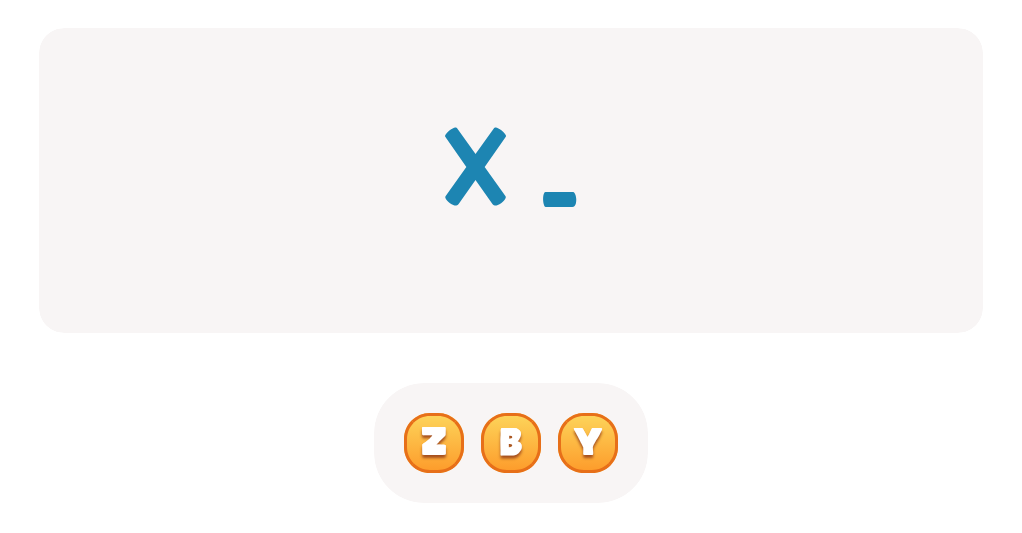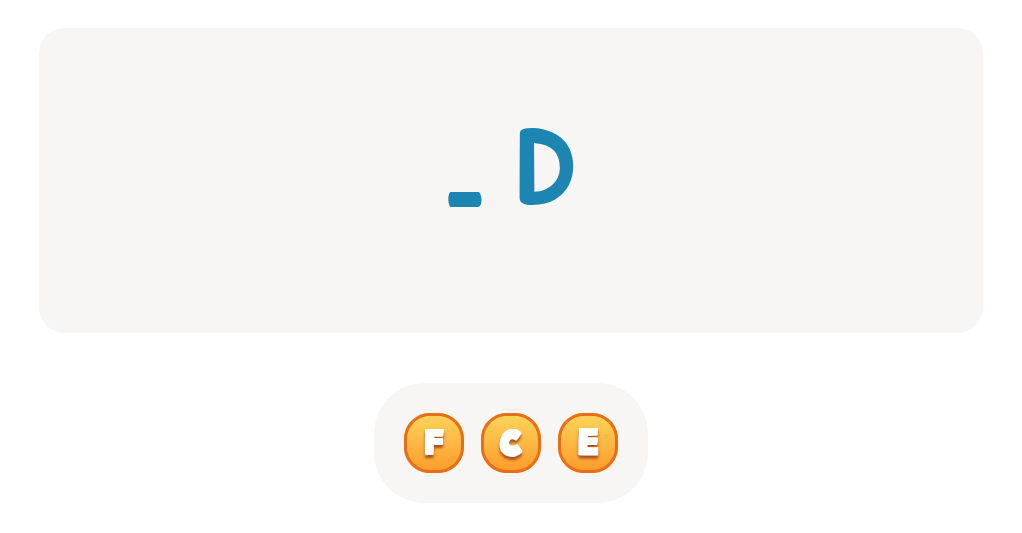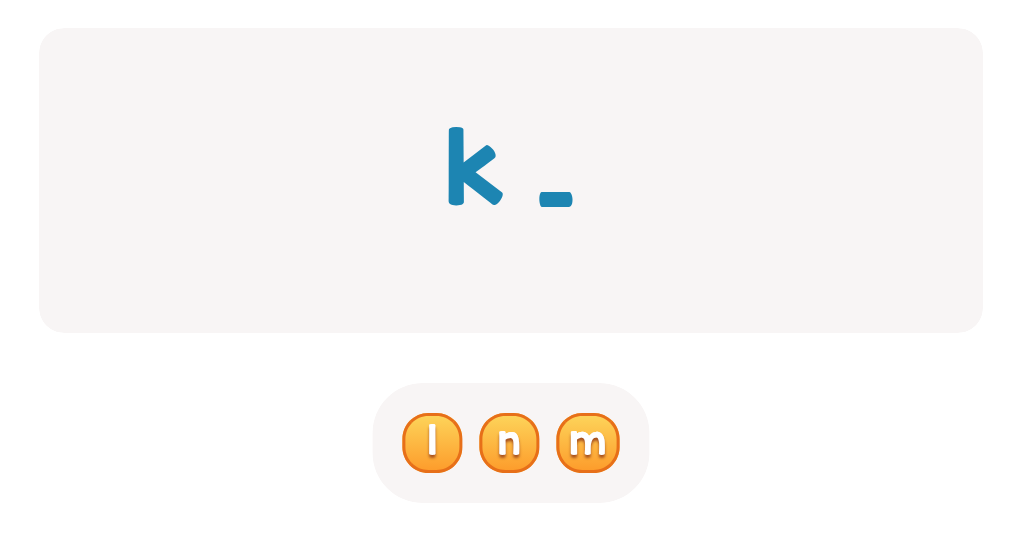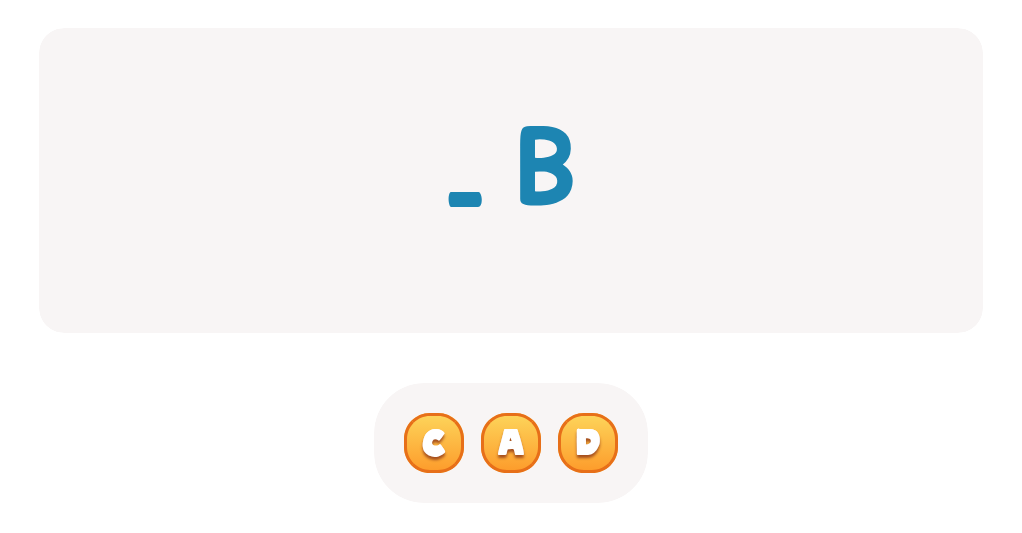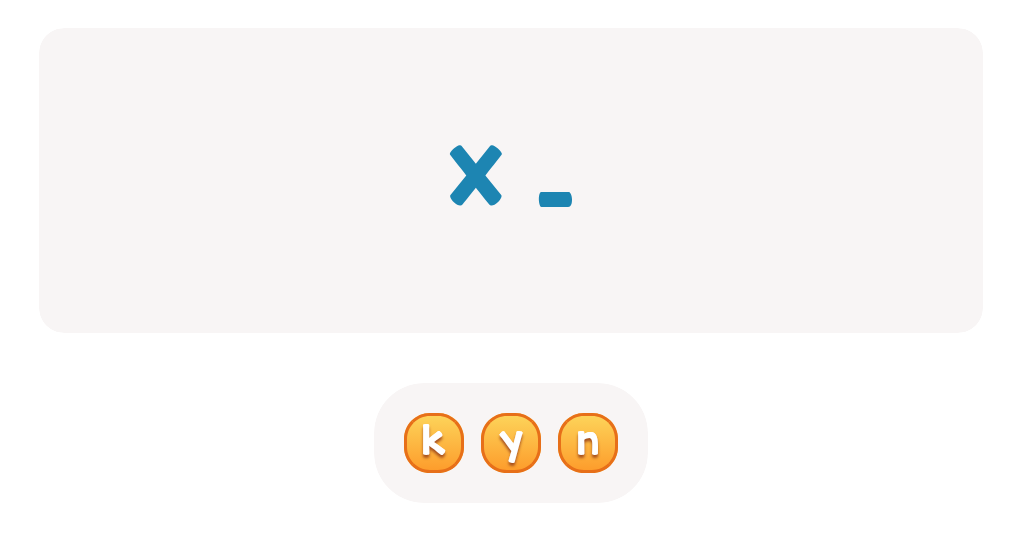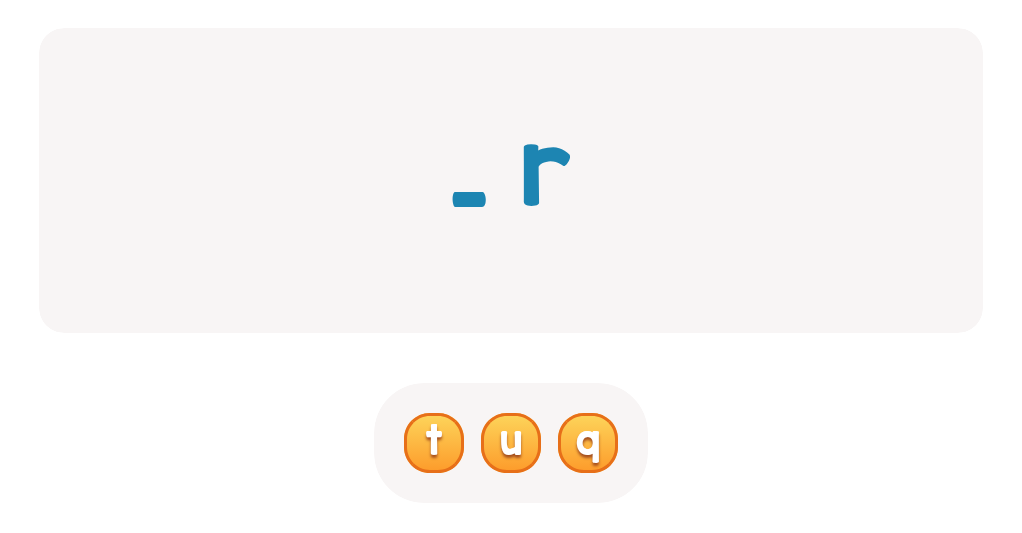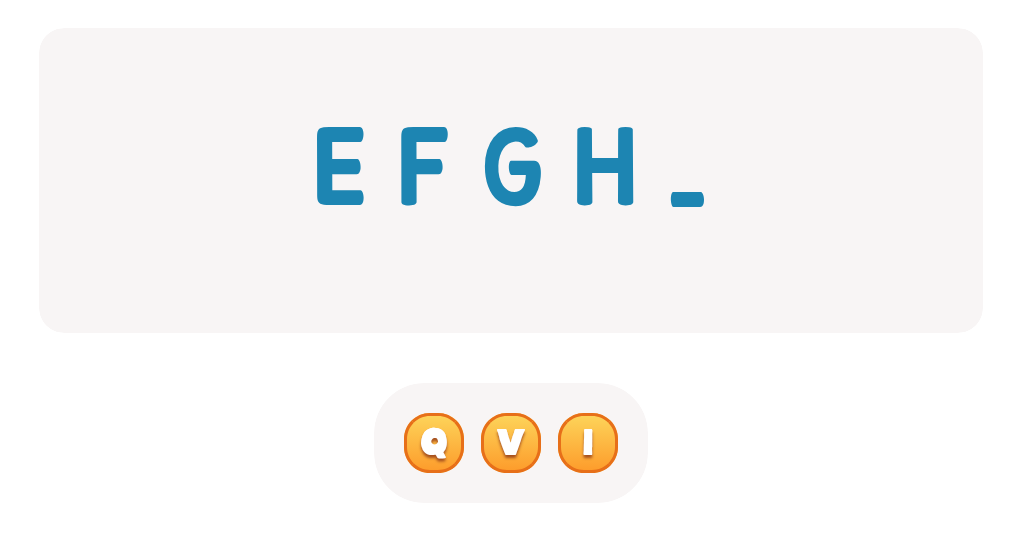Uppercase identification Upper & Lowercase Letters Worksheets for 5-Year-Olds
5 filtered results
-
From - To
Discover our engaging "Uppercase Identification Worksheets" designed specifically for 5-year-olds! These interactive resources help young learners recognize and differentiate between uppercase and lowercase letters through fun activities. Our worksheets reinforce letter recognition skills while keeping children entertained with colorful illustrations and captivating exercises. Perfect for classroom use or at-home learning, these sheets cater to curious kids eager to master their ABCs. Encourage literacy development in a playful manner as your little ones trace, color, and identify letters. Dive into the world of letters today and watch your child build a strong foundation for reading and writing!


Find Uppercase Letters Worksheet


Find Uppercase Letters J, K, and L Worksheet


Find Uppercase Letters A, B, and C Worksheet


Find Uppercase Letters V, W, X Worksheet
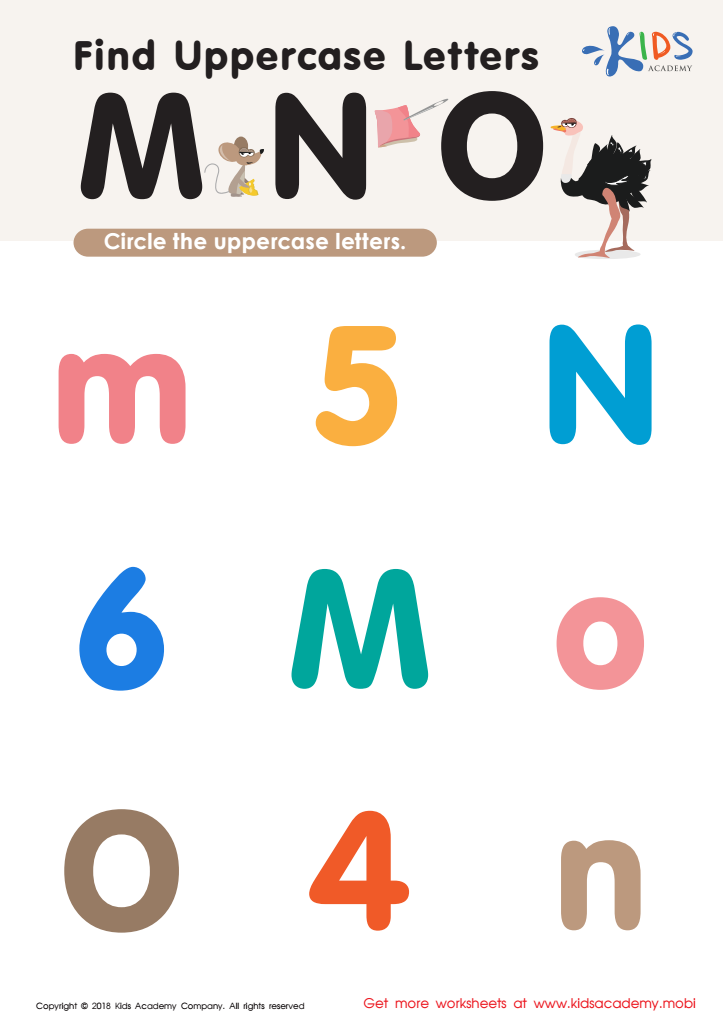

Find Uppercase Letters M, N, and O Worksheet
Understanding uppercase and lowercase letters is crucial for 5-year-olds as they lay the foundation for literacy and effective communication. Recognizing these letters enables children to develop essential reading and writing skills, which are vital for their academic success.
Uppercase letters are often used at the beginning of sentences and for proper nouns, while lowercase letters are more commonly found in continuous text. Familiarity with both forms allows young learners to understand how to read sentences, aiding comprehension and fluency. Moreover, distinguishing between the two fosters fine motor skills as children practice writing different letter forms.
Parents and teachers play a key role in this developmental stage. By engaging children in fun, interactive activities focused on letter identification—such as letter scavenger hunts, matching games, or arts and crafts—adults can enhance a child's enthusiasm for learning, making it memorable and enjoyable.
In the long run, a strong grasp of uppercase and lowercase letters not only prepares young learners for future reading and writing tasks but also improves their overall confidence in using language, a cornerstone of effective communication. Therefore, prioritizing uppercase and lowercase letter identification is essential for parents and educators alike in promoting lifelong literacy skills.
 Assign to My Students
Assign to My Students
